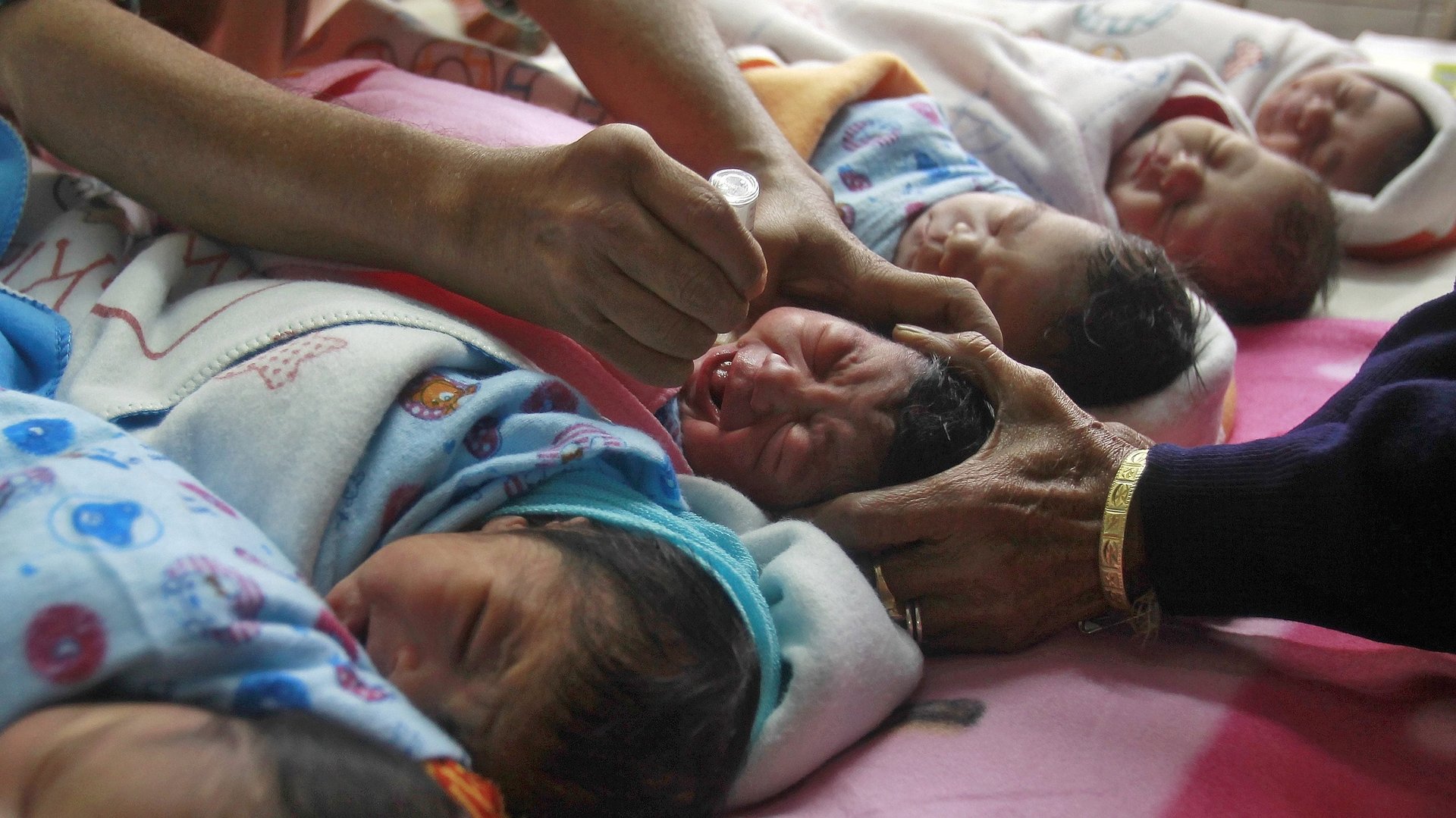Vaccines have helped more kids go to school in India
Routine vaccination has helped more Indian children pursue schooling.


Routine vaccination has helped more Indian children pursue schooling.
There’s a strong link between routine childhood vaccination and long-term schooling attainment in India, according to a February 2020 study by researchers from US-based Center for Disease Dynamics, Economics & Policy (CDDEP), Sam Houston State University, Johns Hopkins University, and Harvard University.
Adults born during and after India rolled out the Universal Immunisation Programme (UIP) in 1985-90 attained 0.18 to 0.29 additional schooling grades, respectively, compared to adults born before the rollout.
The researchers compared the completed schooling grades of 20–36 year olds to cover the period the UIP was implemented across India as well as five years before and after. They used national household survey data from 2015-16, covering 601,509 households and 2.87 million individuals.
Annual under-five deaths in India dropped to 1.2 million from 3.4 million between 1990 and 2015, largely due to expansions in coverage of routine childhood vaccination.
Vaccination and stunting
In India, 35% of children are stunted before the age of five due to malnourishment. Stunting can lead to poor growth and adult health, and diminished learning capacity and economic productivity.
“Routine childhood vaccinations can not only lessen the immediate burden of diseases but could also reduce stunting and thereby improve health and other outcomes over the life cycle,” the study noted.
Additionally, there were stronger associations of the UIP with schooling among women, particularly unmarried women, as compared with men.
“Historically, human capital investment by parents, such as the provision of nutrition and healthcare, has been lower among young Indian girls than among boys. Public programmes may, therefore, have a relatively larger positive effect among girls,” the researchers explained. “For example, supplementary nutrition in early life provided by a large national nutritional programme has been linked with higher schooling attainment among adolescent and adult women in India, as compared with men.”
From paper to reality
While India’s UIP aims to cover 27 million newborn children and 30 million pregnant women every year, only 65% of children are covered so far.
Regional disparities are rife, too. Full vaccination rates ranged from 35% in Nagaland in the east to 91% in Puducherry in the south.
“The findings reinforce the need for universal vaccination coverage among children,” said CDDEP senior fellow Arindam Nandi. However, it’s easier said than done. The programme’s cost keeps rising. The total resource requirements for UIP rose over 600% to Rs3,587 crore ($552 million) in 2017 from Rs511 crore ($79 million) in 2013.